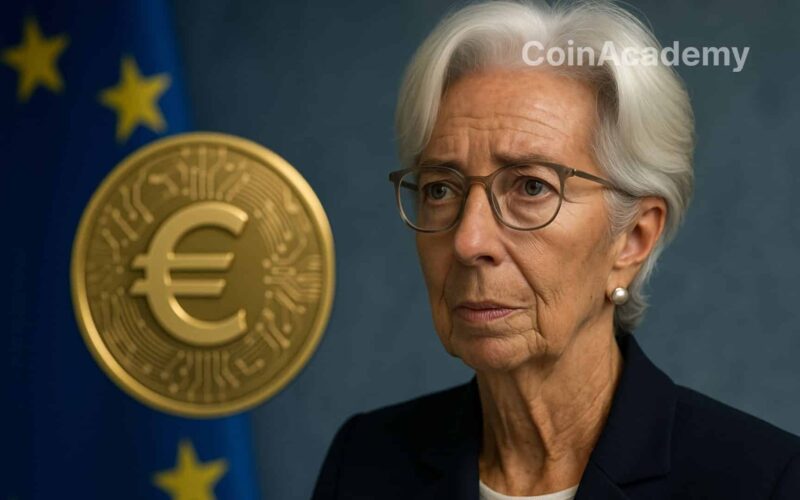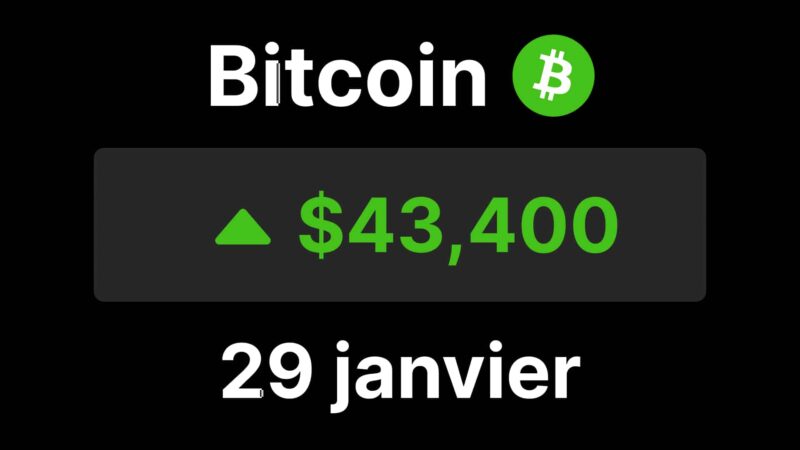The Race for Digital Euro: European Union Accelerates Plans to Counter US Dominance
The European Union is stepping up its game. Faced with the new American law regulating stablecoins, Brussels and the European Central Bank (ECB) are reevaluating their plans for a digital euro. The goal: to prevent the dollar, already hegemonic in the global finance, from gaining an irreversible lead in digital payments.
It is sparking conversations that did not exist before the Genius Act.
The Shocking Impact of the American Law on Stablecoins
The US Congress passed the Genius Act in July, a historic regulation of the stablecoin market, valued at $288 billion. A market dominated exclusively by the dollar, through players like Circle (USDC) and Tether (USDT).
For European officials, this American advance is an alarm bell. The more regulation takes hold, the more dollar-denominated stablecoins emerge as an international payment solution. The risk is clear: increased dependence on a foreign financial system, to the detriment of European sovereignty.
“It has shaken a lot of people“, reveals a source close to the matter. As a result, the motto in Frankfurt and Brussels is now “accelerate“.
A Public Blockchain-Based Digital Euro?
Until now, the ECB leaned towards a closed and private infrastructure, similar to the Chinese digital yuan. However, the tone of the debate has changed. Several officials are now exploring the idea of a digital euro backed by a public blockchain, like Ethereum or Solana.
Advantage: global circulation, easier access, and faster adoption. Disadvantage: the transparency of public blockchains, which exposes every transaction and raises significant privacy concerns.
This is an option that we are taking much more seriously than before.
A source from the FT
The Battle for Monetary Sovereignty
For the ECB, the stakes go beyond simple payment modernization. It is about preserving the international role of the euro. If citizens and businesses massively transfer their deposits to dollar-denominated stablecoins, it is a capital flight to the United States and a direct weakening of Europe.
Piero Cipollone, a member of the ECB’s Executive Board, warned back in April: the American promotion of stablecoins “raises concerns for financial stability and Europe’s strategic autonomy“, yet there is still no real push for euro stablecoins…
A Global Race Already Underway
China has taken the lead with its digital yuan. The UK is considering a digital pound. In the United States, banks and financial giants, from Citi to JPMorgan, are contemplating their own tokens.
In Europe, only a few euro-denominated stablecoins exist today, including Circle’s Euro Coin ($225 million in market cap). Too little to compete against the hundreds of billions of USDC and USDT.
The official launch of a digital euro managed by the ECB would be a significant milestone: Europe does not want to remain a bystander in the upcoming monetary revolution, but will it be enough?
Towards an Imminent Decision?
The outcome remains uncertain: public or private blockchain, centralized or distributed model… the ECB states that it is testing several technological options. But one thing is clear: American pressure has just turned a long-term project into an urgent matter.
In a world where cash is gradually disappearing, the digital euro is no longer a mere innovation. It is a question of monetary survival and if mishandled, it could simply worsen the situation…




